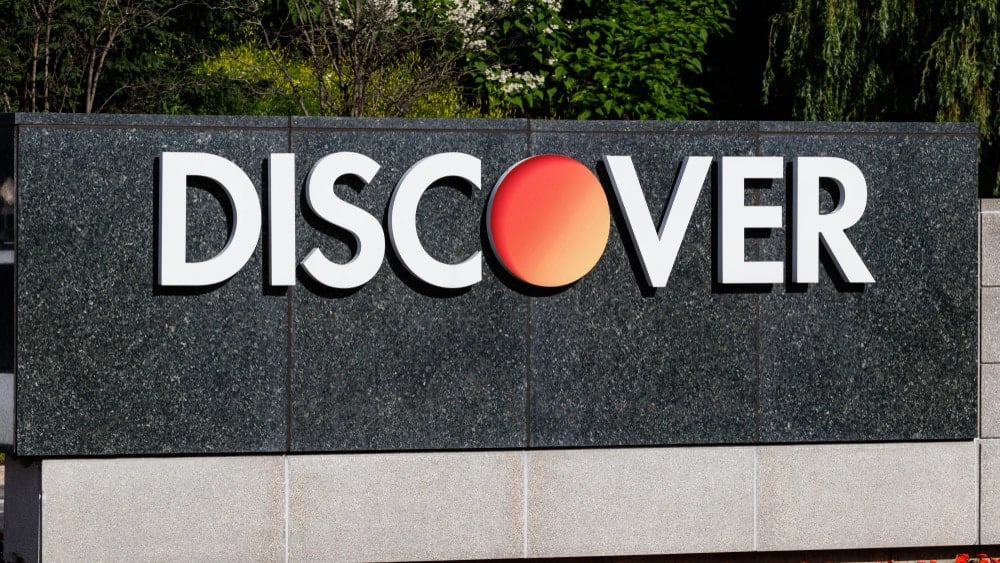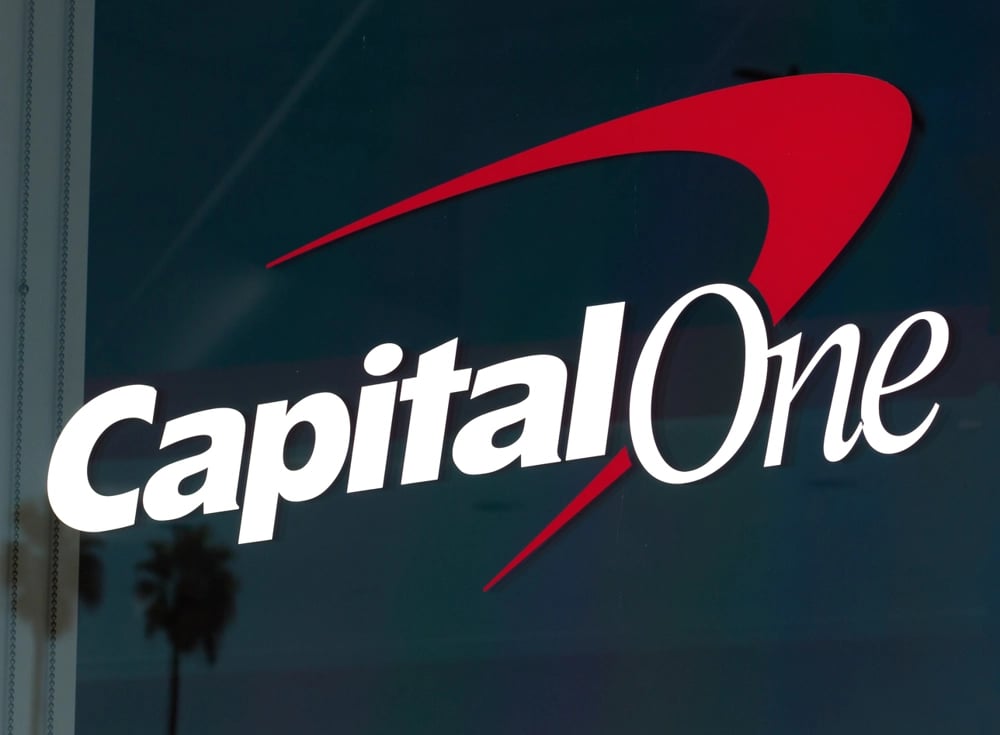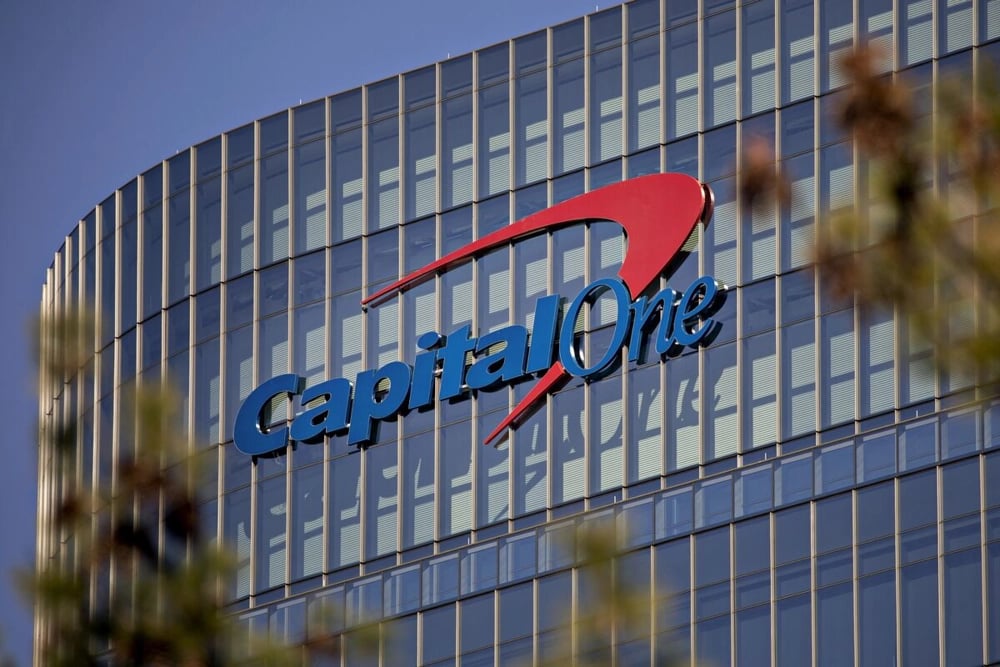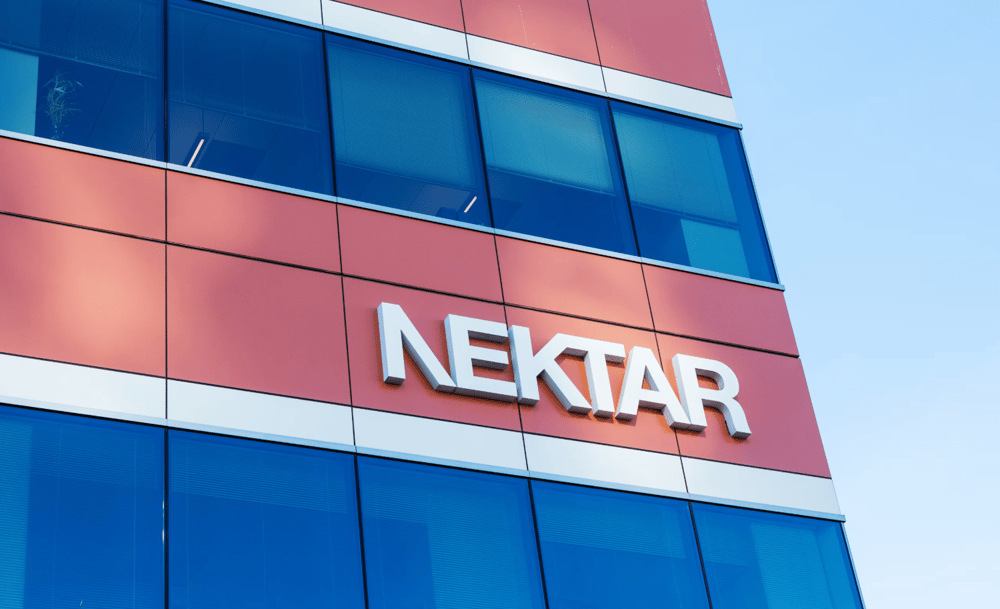Capital One Finalizes Discover Takeover: Redrawing the Map of U.S. Consumer Finance
Capital One Financial Corp. $COF has officially concluded its acquisition of Discover Financial Services $DFS, finalizing a process that began over a year ago. This union marks a pivotal shift in the American credit landscape, elevating the combined entity to the top spot in terms of outstanding card balances nationwide.
The merger not only strengthens Capital One’s foothold in personal lending but also introduces a significant technological and operational upgrade, as it now inherits Discover’s in-house transaction processing capabilities.
Unlocking Strategic Value with a Proprietary Network
At the heart of the deal lies Discover’s self-managed payment system — one of the few in the U.S. not reliant on third-party providers such as Visa $V or Mastercard $MA. This gives Capital One a rare chance to internalize payment operations, cutting dependence on external networks and enhancing its control over fee structures and transaction data.
By embedding a standalone payment infrastructure within its operations, Capital One transitions from a conventional credit provider to a more integrated financial technology platform — one better positioned to compete across both issuance and processing.

Market Impacts and Structural Shifts
Greater Lending Scale and Portfolio Diversification. The consolidation significantly enlarges Capital One’s customer base and credit exposure, creating new efficiencies in pricing and portfolio risk management. This could squeeze margins for mid-tier players lacking comparable reach.
Expansion of Payment Rails. By leveraging Discover’s acceptance network, Capital One gains a pathway to broaden merchant coverage and improve transaction volume share — especially important as digital payment usage accelerates across demographics.
Evolving Regulatory Landscape. While greenlit by authorities, the transaction’s long-term compliance dynamics will depend on how the integrated firm approaches fees, data privacy, and financial inclusivity. Regulatory monitoring is expected to continue.
Enhanced Analytics and Underwriting Capabilities. Combining insights from Discover’s transactional flow with Capital One’s existing credit modeling tools enables sharper risk assessments and more tailored financial products, potentially improving customer lifetime value.
Recalibrating the Fintech Competitive Frontier. This move underscores how incumbent firms can reengineer their business models by acquiring core infrastructure. It raises the bar for fintechs that often rely on third-party rails and underlines the importance of scale and self-sufficiency in the modern payments race.

Strategic Context and Rationale
The acquisition reflects Capital One’s broader vision of becoming a platform-oriented financial institution. Controlling the full payments lifecycle — from issuing cards to clearing transactions — allows the company to capture additional value, improve cost efficiency, and respond more flexibly to market shifts.
Given the persistently high reliance on card-based spending in the U.S., the integration also positions Capital One to expand revenue from non-interest sources — a strategic buffer as rate cycles evolve.
Implications for the Industry
This merger could ignite a new wave of consolidation in the financial technology and consumer credit sectors. Institutions that have traditionally depended on outsourced payment solutions may now consider investing in infrastructure ownership as a way to fortify competitive positioning and reduce operating costs.
It also serves as a reminder that innovation in finance doesn’t always come from startups — structural agility and network control remain powerful levers for legacy institutions navigating digital transformation.















Comments
Curious to see how customers will benefit from this powerhouse partnership!
This merger just reshaped the credit card game in a big way.